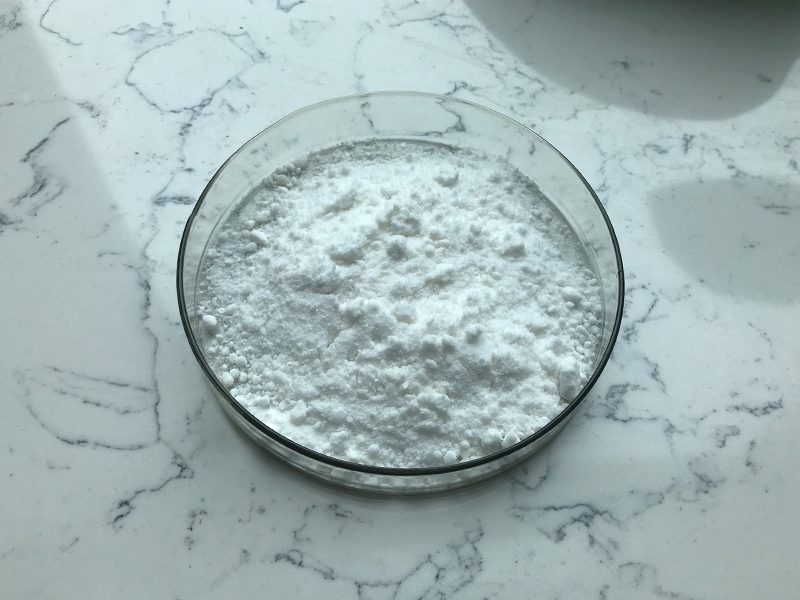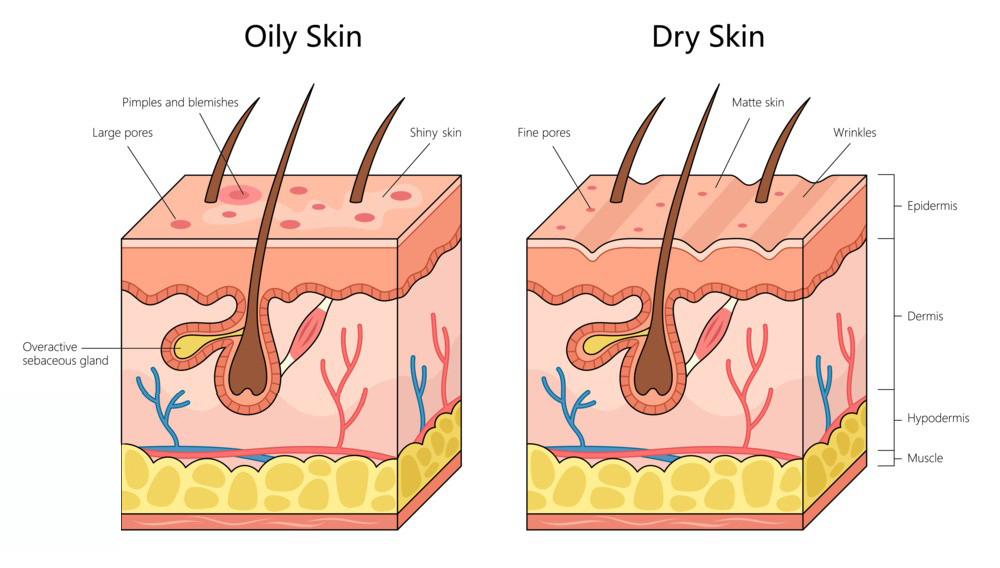Mandelic acid, an alpha-hydroxy acid (AHA), is primarily produced through various synthetic methods. Here are the main industrial approaches for its preparation:
- Hydrolysis of Mandelic Acid Esters: One common method involves the hydrolysis of mandelic acid esters, such as mandelic acid methyl ester, in the presence of an acid or a base. This reaction yields mandelic acid and the corresponding alcohol.
- Asymmetric Synthesis: Another approach utilizes asymmetric synthesis, often involving the reaction of benzaldehyde with cyanide and then subsequent hydrolysis. This method typically employs chiral catalysts to ensure the desired stereochemistry of mandelic acid.
- Oxidation of 2-Phenyl-1-propanol: In some cases, mandelic acid can be prepared by oxidizing 2-phenyl-1-propanol using various oxidizing agents. This method can yield good purity levels but requires careful control of reaction conditions.

- Biotechnological Methods: More recently, there has been interest in biotechnological methods using microbial fermentation. Certain microorganisms can convert phenylalanine or other substrates into mandelic acid under specific conditions.
- Enzymatic Reactions: Enzymatic processes, involving specific enzymes like transaminases, can also be used to produce mandelic acid from suitable substrates, offering a more environmentally friendly option.
The choice of method often depends on factors like cost, desired purity, scalability, and environmental considerations.
Mandelic Acid and Salicylic Acid
Mandelic acid and salicylic acid are both popular ingredients in skincare, especially for treating acne and improving skin texture, but they have different properties and uses:
Mandelic Acid:
- Type: An alpha hydroxy acid (AHA).
- Source: Derived from almonds.
- Molecular Size: Larger than other AHAs, which allows for gentler exfoliation.
- Benefits: Helps with exfoliation, improving skin tone, and reducing the appearance of fine lines. It’s also known for its antibacterial properties, making it suitable for acne-prone skin.
- Skin Types: Generally well-tolerated, making it suitable for sensitive skin.

Salicylic Acid:
- Type: A beta hydroxy acid (BHA).
- Source: Derived from willow bark.
- Molecular Size: Smaller than AHAs, allowing it to penetrate deeper into pores.
- Benefits: Excellent for treating acne, especially for oily or acne-prone skin. It helps to unclog pores, reduce inflammation, and exfoliate dead skin cells.
- Skin Types: Effective for oily and combination skin but may be drying for sensitive skin.
Both acids can be effective in a skincare routine, but it’s essential to consider your skin type and concerns when choosing between them.
